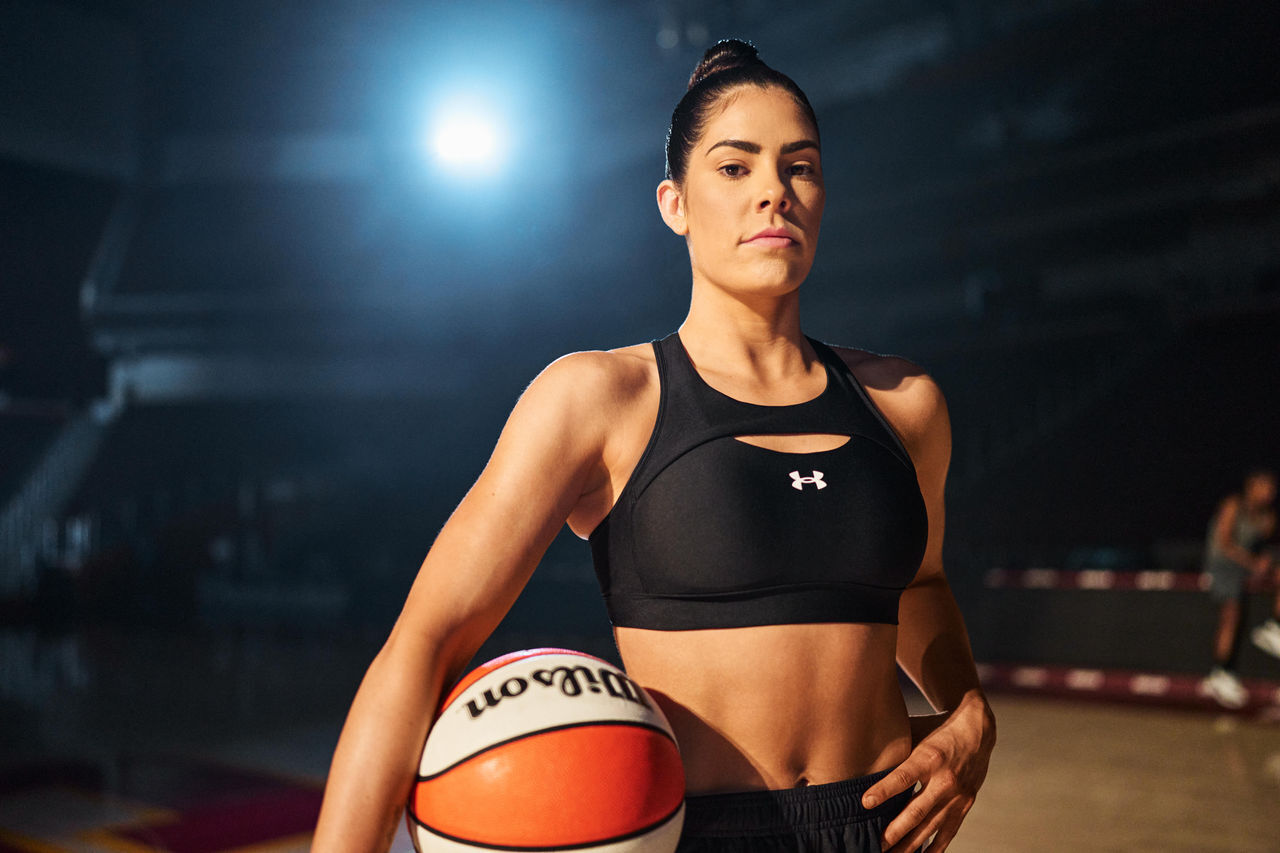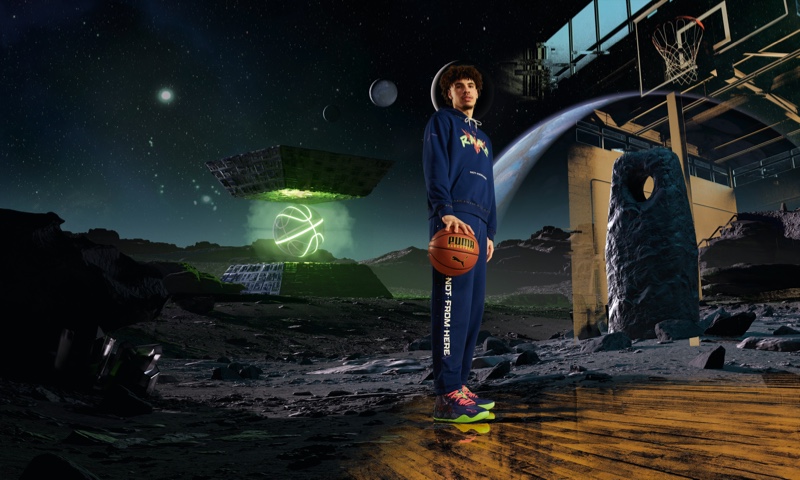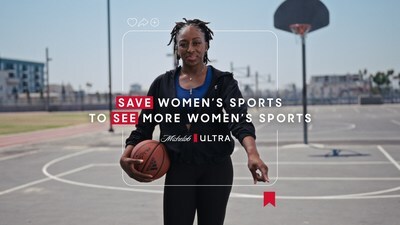In 2025, sports commercials are no longer just 30-second brand placements during halftime. They’ve become data-driven, emotion-fueled, and highly interactive experiences built to convert attention into business outcomes.
This guide breaks down how to make a successful sports commercial in 2025, with real-life brand examples, actionable steps, and insight-backed recommendations.
Why Sports Commercials Still Matter. More Than Ever
Sports remain the last bastion of real-time, mass-scale engagement. In 2024, 82 of the top 100 most-watched US TV broadcasts were live sports events, according to Nielsen.
At the same time, platforms like YouTube, TikTok, and Instagram Reels have become essential for sports fan engagement, especially among Gen Z and Millennial audiences. A 2024 Statista study found that 62% of Gen Z sports fans consume sports content exclusively on social and streaming platforms.
The result? Sports commercials now require multi-platform reach, emotional storytelling, and measurable impact.
Step 1: Define Your Objective and Audience Behavior
Start with strategy, not story. Before you hire a production team or scout talent, clarify your campaign’s business objective and audience touchpoints.
Real Example:
Gatorade’s “Fuel Tomorrow” campaign focused not on product but on equity in youth sports. Their research showed Gen Z valued purpose over performance, so they built a campaign around supporting underserved communities. The result: 3.5M social engagements and a 17% brand lift in purchase intent.

Tools to use:
- GWI or YouGov for audience analysis
- Google Trends and TikTok Creative Center for content behavior insights
- Meta’s Ad Library for competitor inspiration
Step 2: Embrace Short-Form Video as a Core Format
In 2025, short-form video is the front line of sports advertising.
- TikTok reports that 71% of its users consider sports-related content “highly relevant” to their interests.
- YouTube Shorts now garners over 70 billion daily views (Google, Q1 2025).
Real Example:
Adidas x Lionel Messi x TikTok
Adidas launched a TikTok-first campaign featuring Messi juggling in surreal AR environments. The hero ad was only 15 seconds long but spawned over 40 user-generated remix videos and hit 25M+ views in 5 days.
Tip: Create content for:
- 6–15s mobile-first ads
- Cutdowns from 30s hero ads
- Looping formats for TikTok/IG
Step 3: Use Emotion, Storytelling, and Athlete Authenticity
Emotions drive memory and buying decisions.
According to a Kantar study (2024), emotional storytelling ads perform 31% better in brand recall and 23% better in conversions compared to product-centric ads.
Real Example:
Nike’s “You Can’t Stop Us” commercial
Using split-screen editing and narrated by Megan Rapinoe, this campaign blended footage of real athletes across sports, gender, and race. It earned 100M+ YouTube views and a 15-point uplift in brand favorability.

Tip: Even mid-sized brands can replicate this with athlete ambassadors or localized sports heroes. Authenticity often beats celebrity.
Step 4: Integrate Technology Seamlessly
In 2025, interactive layers = deeper engagement.
- 63% of fans prefer ads that let them “do something” (PwC Fan Engagement Study, 2024)
- AR ads increase brand recall by 70% compared to static formats (Snap Inc.)
Real Example:
Netflix x Fox Sports x Rebel Moon (2024)
During a live NFL broadcast, Fox ran a two-minute branded integration featuring Julian Edelman and Zack Snyder. No Nielsen ratings, just social media activity. The result? 4x the guaranteed engagement across Facebook, YouTube, and X.
Ideas to try:
- QR codes for product unlocks
- AR filters for fan interaction
- Virtual ads within live sports (like PTF Lab’s solutions)
Step 5: Prioritize Multi-Platform Distribution
In today’s fragmented attention economy, one channel isn’t enough.
- 60% of fans discover ads via YouTube, 45% via Instagram, and 38% via TikTok (Think with Google, 2025)
- Streaming platforms like Hulu, ESPN+, and DAZN now offer dynamic ad insertions based on viewer profiles
Real Example:
Under Armour’s “Protect This House” reboot (2024)

Instead of launching via TV, the brand debuted content on Twitch, TikTok, and Instagram. The result? A 47% increase in engagement rate compared to its last TV-only campaign.
Optimize by:
- Creating platform-native edits
- Testing thumbnails, captions, CTAs per platform
- Using AI tools like Vidyo.ai to auto-cut and format assets
Step 6: Measure Engagement, Not Just Impressions
In 2025, impressions don’t equal impact. Brands now demand business outcomes.
- 72% of marketers say they now link ad performance to actions, not just reach (IAB, 2024)
- Tools like EDO and Samba TV track search lift and conversions post-view
Real Example:
Puma used EDO’s analytics for their LaMelo Ball campaign during NBA All-Star Weekend. The activation generated a 23% spike in search traffic and directly correlated with a 12% week-over-week increase in product page visits.

Metrics to track:
- Video Completion Rate (VCR)
- Click-through Rate (CTR)
- Cost Per Engagement (CPE)
- Branded search lift
- Sales attributed to ad exposure
Step 7: Align with the Right Moment, Not Just the Right Athlete
Timing drives resonance. Brands in 2025 look beyond Super Bowl and March Madness.
- Women’s sports saw a 270% YoY increase in media rights value from 2021–2024 (Nielsen Sports)
- Regional events often yield lower CPMs and higher relevance
Real Example:
Michelob Ultra’s activation around the WNBA Finals 2024
Instead of just TV, the campaign leveraged TikTok creators, branded content with WNBA stars, and in-arena AR experiences. Outcome? 11% uplift in sales in key markets.

Tie your story to:
- Cultural conversations
- Local heroes or tournaments
- Off-season moments with less competition
Frequently Asked Questions (FAQs)
How long should a sports commercial be in 2025?
Your hero spot might still be 30s, but ensure you produce platform-first formats: 6s, 9s, 15s. These outperform across TikTok, IG, and YouTube Shorts.
What’s the average cost to produce a sports commercial now?
Production can range from $50K for digital-first campaigns to $1M+ for televised events. But ROI depends more on targeting and distribution than raw spend.
Should I still invest in TV?
Yes, but only with a digital amplification plan. Linear reach alone isn’t enough.
Conclusion: The New Playbook for Sports Commercials
Making a sports commercial in 2025 means making content that converts attention into action. It’s about combining storytelling, athlete authenticity, interactivity, and intelligent distribution.
The brands that win don’t just show up on screen; they show up where fans feel, share, and engage.
If you want results, don’t just advertise during the game. Be part of the game.
